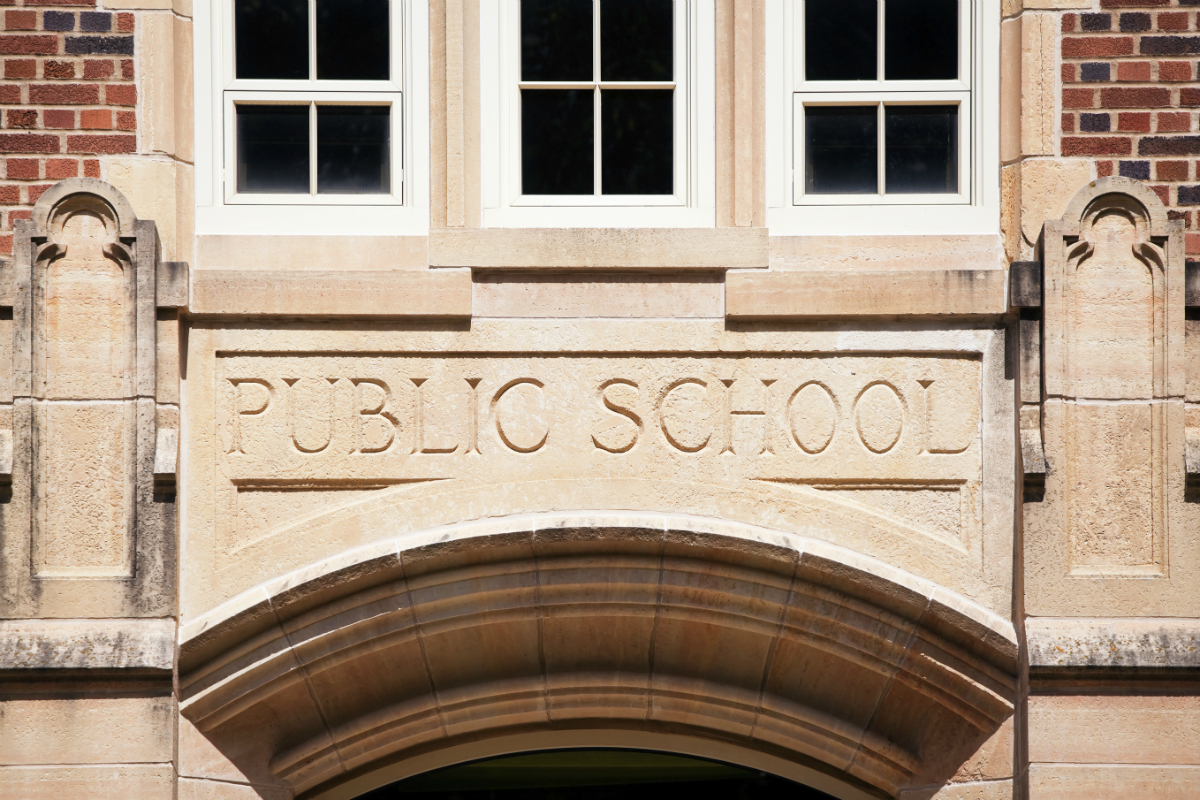The state of American preK-12 public school facilities is a national emergency, according to new report.
“2021 State of Our Schools: America’s PK-12 Public School Facilities” was published in September by 21st Century School Fund, the International WELL Building Institute and the National Council on School Facilities.
Available fiscal data about local educational agencies across the country showed that since the 2016 report — when there was a $46 billion annual gap in the funding level for maintenance, operation and periodic capital improvements for good stewardship — the gap had increased to $85 billion annually. The national data on district facility expenditures and debt was used as there isn’t national data on the physical condition of school sites by state or district.
Topics covered include the importance and scale of preK-12 facility infrastructure, the condition of schools, inequitable facilities, stewardship, how quality schools build healthy and prosperous societies and priority actions for systemic reform for education and equity.
“The evidence is clear. No matter how good the curriculum, the teachers or administrators, we can’t achieve world-class education with crumbling school facilities. Yet that is where we are,” the report states. “Every national, state, and local policymaker should know the extent of this massive underinvestment and it’s all pervasive, cascading effects on the health and education of students, teachers, staff, and our communities.”
The report also considers some points that have come to attention during the COVID-19 pandemic, like how education is a social enterprise that depends on facilities as a place for communities to come together, as well as health risks posed due to longstanding deficiencies in facilities, especially those in poorer areas.
As demonstrated in the report, quality schools often build healthier societies. Facilities impact student learning, the health of students and staff and overall community vitality, according to the report. Still, many students spend their academic lives in facilities that don’t provide 21st century learning environments due to long-term underfunding for essential maintenance and capital improvements.
In addition to supporting educational equity and health, quality facilities can also promote sustainability.
“Modernizing and replacing old public schools will enable communities to conserve undeveloped land, energy and water, reduce carbon emissions, and in the face of climate change, protect lives and reduce the level of relief funding needed following disasters,” the report states.
This work, in turn, creates jobs that can help strengthen and revitalize economies in areas that may be struggling. The report suggests that with civic, governmental and industry partnerships, there can be progress in closing the funding gaps for facilities seen throughout the U.S.
“A program of federal investments and assistance to build state capacity and support the high need districts has the potential to improve education, health, and the environment in rural, town, suburban and urban communities throughout the nation,” according to the 79-page document. “Together, we can develop new solutions, deploy systemic remedies and rally around sound public policy to address deficient and inequitable conditions in our nation’s public school facilities.”





